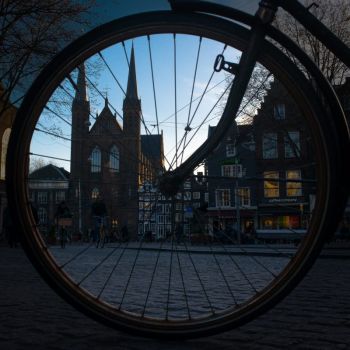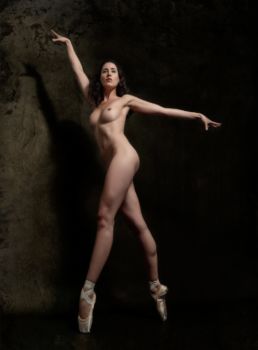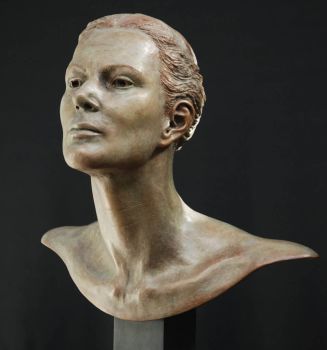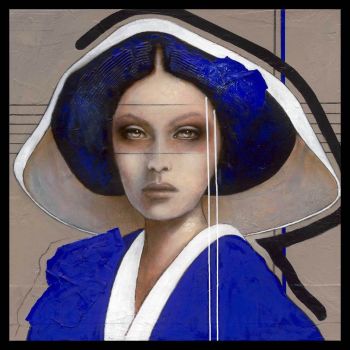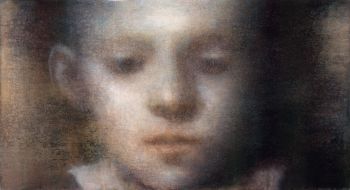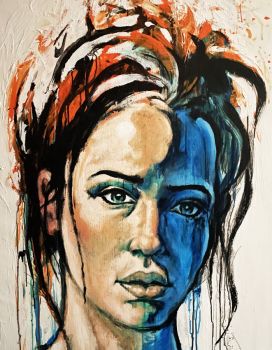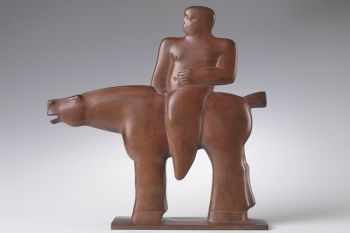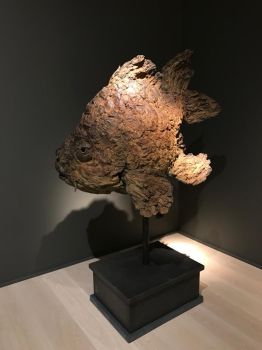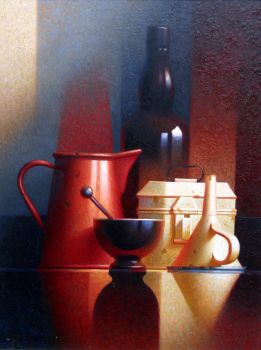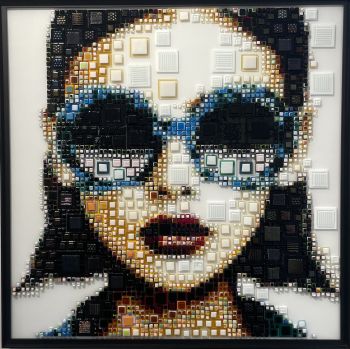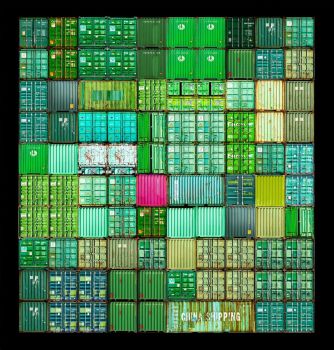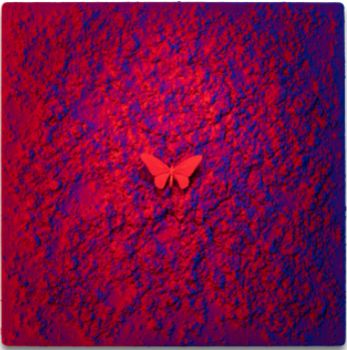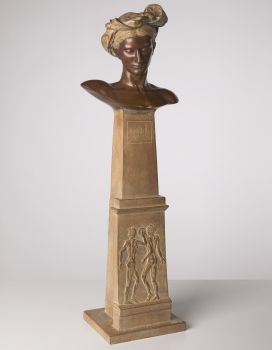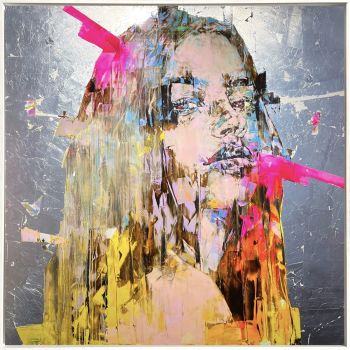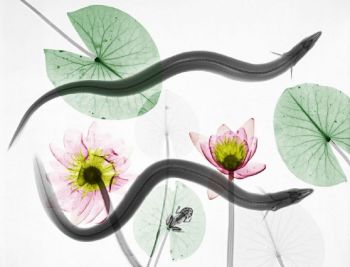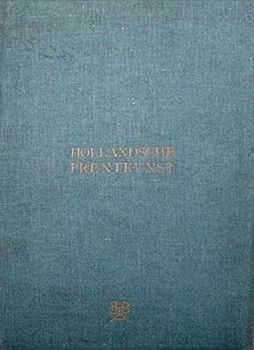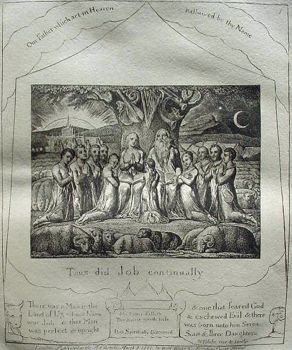About the artist
Hermann Nitsch (29 August 1938 – 18 April 2022) was a pivotal Austrian artist and composer, renowned for his avant-garde performances that blended theater, multimedia, rituals, and simulated violence. As a central figure in the Viennese Actionism movement, Nitsch's work challenged conventional boundaries and provoked intense reactions from audiences and critics alike.
Born in Vienna, Nitsch's artistic journey began at the Wiener Graphische Lehr-und Versuchanstalt, where he was initially drawn to religious art. His early exposure to painting laid the groundwork for his later explorations into performance art. Nitsch became a key member of the Vienna Actionists, a group that included artists like Günter Brus, Otto Muehl, and Rudolf Schwarzkogler, who were united by their interest in transgressive themes and the human body's role in art.
Nitsch's signature 'splatter' paintings and performance art were deeply influenced by his views on humanity and existence. In the late 1950s, he conceptualized the Orgien Mysterien Theater (Theatre of Orgies and Mysteries), staging nearly 100 performances from 1962 to 1998. These performances, known for their ritualistic and existential nature, often featured acts of slaughter, religious sacrifices, and crucifixion, incorporating blood, flesh, and participatory elements like music and dance.
In 1962, alongside Otto Muehl and Adolf Frohner, Nitsch performed "The Blood Organ" in Vienna, marking the beginning of his Orgie Mysterien Theater. His performances were designed to evoke a range of emotions, from disgust to catharsis, challenging viewers to confront themes of blood and death, central to both his work and Christian iconography.
Nitsch's work extended beyond performance art; he was also a composer and writer, documenting his performances in detailed scores that included instructions, texts, and music. Despite his significant contributions to contemporary art, Nitsch's work was polarizing, drawing criticism from animal rights activists, theologians, and public morality advocates. Yet, his art found resonance in various circles, influencing a wide range of artists and performances.
Nitsch's artistic endeavors were recognized and celebrated in various forms, including opera. He collaborated with the Vienna State Opera, the Festspielhaus St. Pölten, and the Zurich Opera House, among others, bringing his unique vision to the stage. His theoretical writings and performances have left a lasting impact on the art world, challenging viewers to engage with complex themes of existence, ritual, and transcendence.
The Hermann Nitsch Museum, opened in Mistelbach in 2007, and the Museo Archivio Laboratorio per le Arti Contemporanee Hermann Nitsch in Naples, established in 2008, serve as testament to his enduring influence. Nitsch's later works, showcased in exhibitions like the 2017 Venice Biennale and the Museum Mistelbach in 2020, reveal a shift towards brighter colors and optimistic themes, reflecting a life-affirming perspective through vibrant floral symphonies.
Hermann Nitsch's journey from a painter intrigued by religious art to a controversial figure in performance art underscores a career marked by experimentation, provocation, and a deep inquiry into the human condition. His legacy continues to inspire and challenge, cementing his place as a transformative figure in contemporary art.


